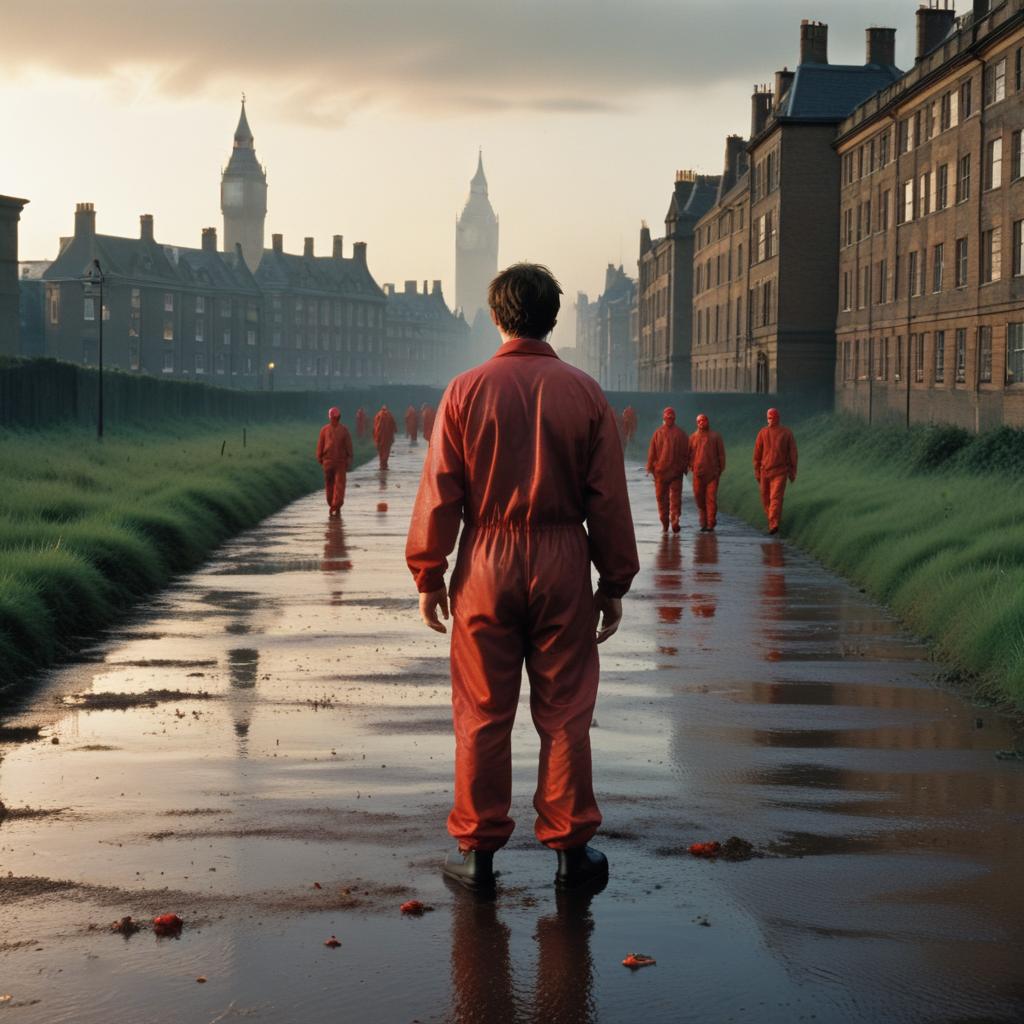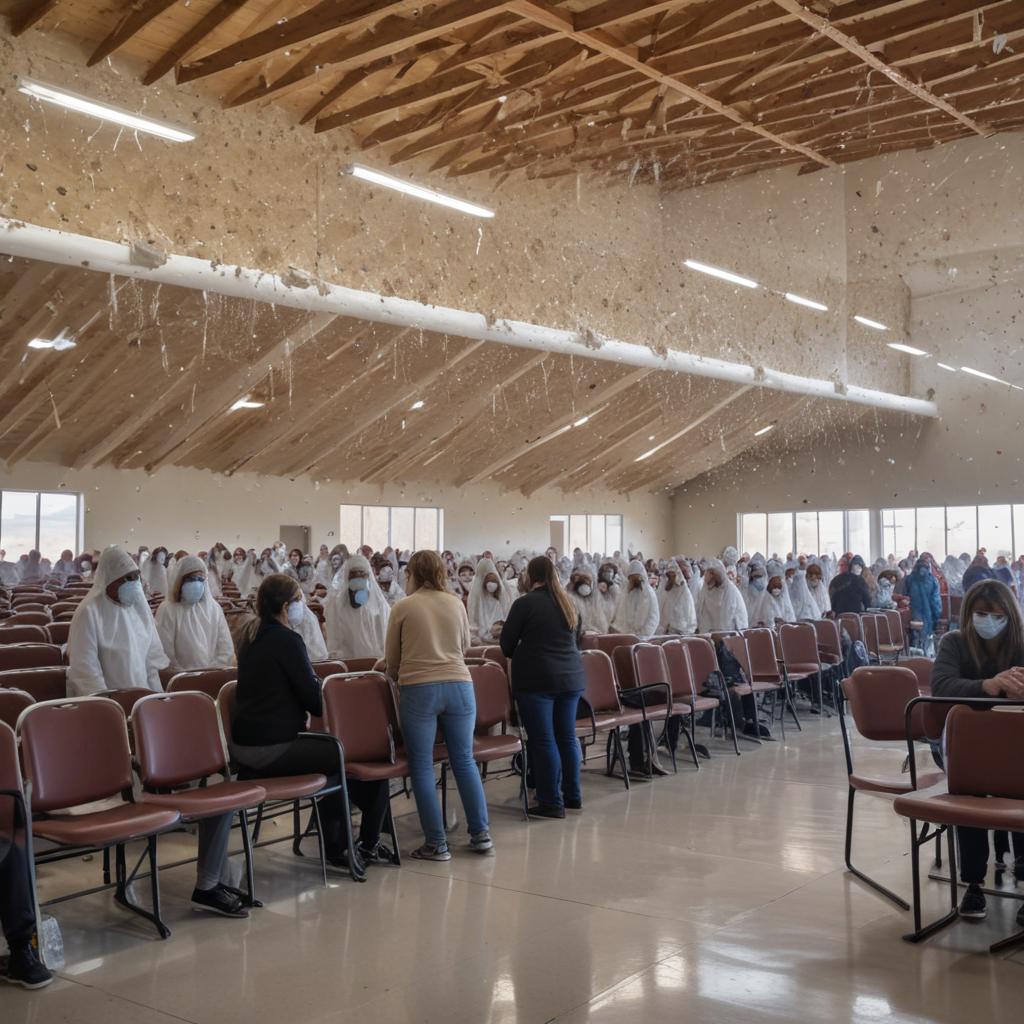Danny Boyle's '28 Years Later' isn't your typical zombie flick. This wildly unpredictable sequel tackles Brexit, family, and the enduring power of rage, delivering a surprisingly tender coming-of-age story amidst the gore.
Danny Boyle's 2002 film, "28 Days Later," successfully predicted two significant trends: global pandemics and fast-moving zombies. Now, "28 Years Later" arrives, a third installment that surprisingly downplays the COVID-19 pandemic, focusing instead on the impact of Brexit. The film is set in a quarantined UK, where survivors cluster on a secluded island. The usual franchise trend of increased scale is absent; instead, Boyle and cinematographer Anthony Dod Mantle utilize iPhones for most of the filming, resulting in a visually disjointed, yet uniquely stylistic approach. The story follows 12-year-old Spike and his father, Jamie, who live in an almost medieval-like setting, where the father teaches his son survival skills. Spike's journey involves encounters with a deranged doctor (Ralph Fiennes) and a Swedish NATO soldier, challenging the macho world he's been raised in. The infected are varied, ranging from Olympic-level sprinters to slow-moving "Slow-Lows." Despite the graphic violence, the film incorporates themes of mortality, misguided exceptionalism, and displays surprising tenderness. Though tonally uneven, "28 Years Later" offers a thoughtful coming-of-age story within a post-apocalyptic setting, hinting at the persistence of infection and rage in our times. Boyle plans to continue the franchise with an upcoming film, "28 Days Later: The Bone Temple."



